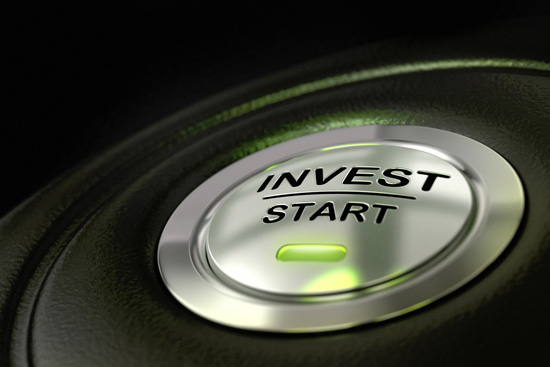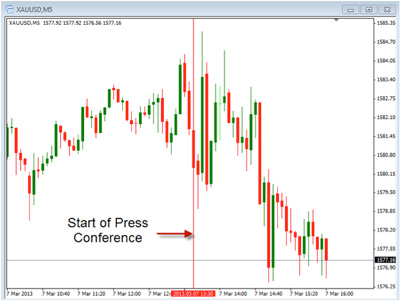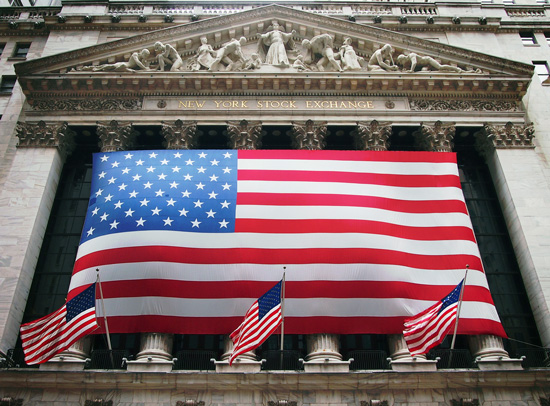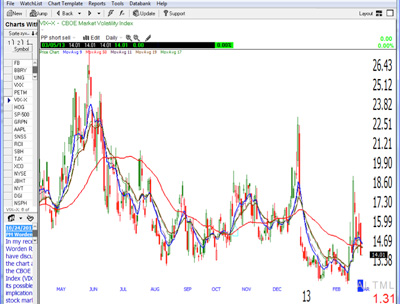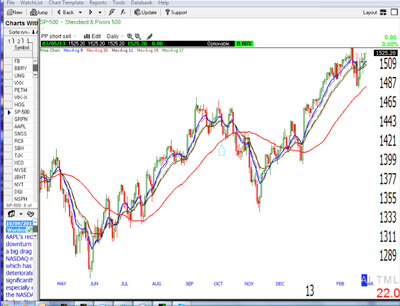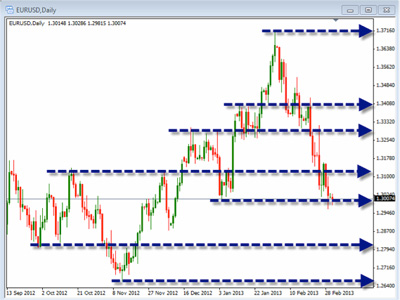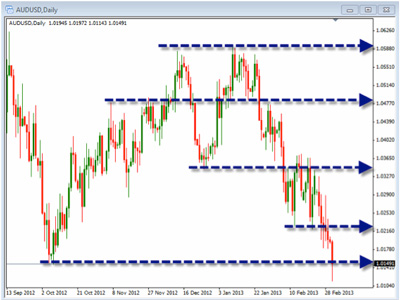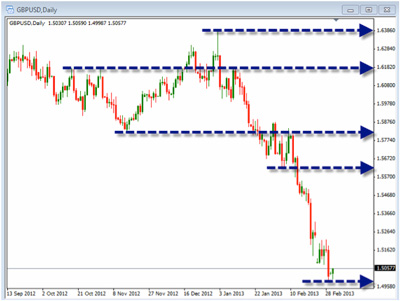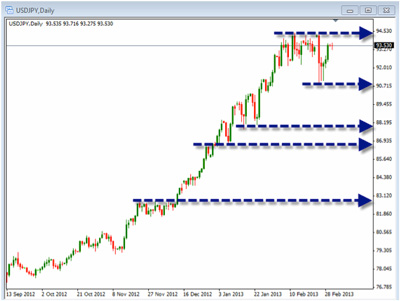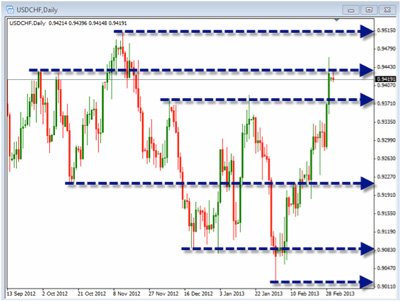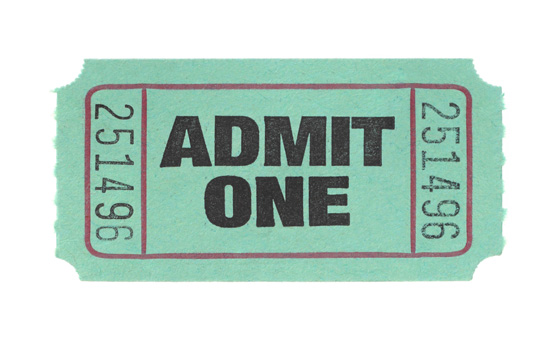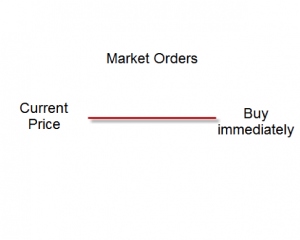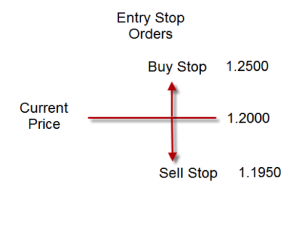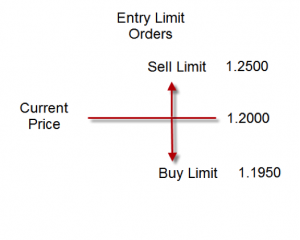This week I would like to discuss 3 common or “rookie” mistakes that all traders have made at one time or another, mistakes that successful disciplined traders have learned to avoid.
- Widening Stops to stay in Losing Trades– The first common mistake that traders should avoid is one that we all have done at some time or another, is the inclination, when the trade in going against you, to stay in the trade by widening your stop loss level. One of the hardest things for a trader to do is to sit and watch a trade go against you and be taken out by a stop loss. If the set up was solid and the stop loss was set at a recent support or resistance level, depending on going long or short, then we have a predetermined risk for that trade. If we widen our stops we only increase the risk or exposure in that specific trade. This is a very bad habit to get into which often results in larger losses then we would otherwise have had. So the rule is: Don’t move a stop unless it is in the direction of the trade, only move a stop loss to REDUCE the risk in the trade, never INCREASE the risk in the trade. Don’t be afraid to take a small loss when the premise for a trade has gone bad.
- Improper Position Sizing; Risking too much per trade – Another common error or mistake that many traders make is to risk too much per trade. A good rule of thumb is to trade between 1%-2% risks per trade maximum. The first thing to do is to determine what that risk per trade is in dollars. If we have a 10k account we can then risk up to $200 per trade. (10k account X 2 %) The next thing to determine would be the total share to trade or the position size based on the $200 maximum risk. The way to calculate the position size is to calculate the risk per share. To determine the risk per share we calculate the difference between the entry price and the initial stop loss level. For example, if our entry price is $25 per share and our initial stop loss is set at $24 (I believe that a stop loss level based on support or resistance is better than a predetermined set stop loss level.) based on this example the risk per share would be $1 per share so we could trade up to 200 shares and limit our risk to a 2% maximum. This will help us limit our risk and not accept more risk than is prudent per trade. Remember, the key is proper position size.
- Chasing Trades– The third common mistake I would like to point out, is to enter a trade late. If we pass up or miss a setup and the market moves in the direction of the potential trade, a trader often has the inclination to enter the trade late. Fear of missing a big move can play an emotional role in our trading. We must avoid this mistake to enter a trade late because often when we enter a trade late we have already missed most of or, perhaps even the entire move. So if you have missed a perfect setup, the rule is: don’t enter a trade late, wait for the next setup.
The key to being a successful trader mostly comes down too being more disciplined. If we can avoid any of these common mistakes we will be much more disciplined traders. Disciplined traders avoid over trading, chasing trades, risking too much per trade and staying in a trade after it has failed to move in the direction expected.
Traders Challenge: Don’t let emotions take control of your trading; Become a more disciplined

